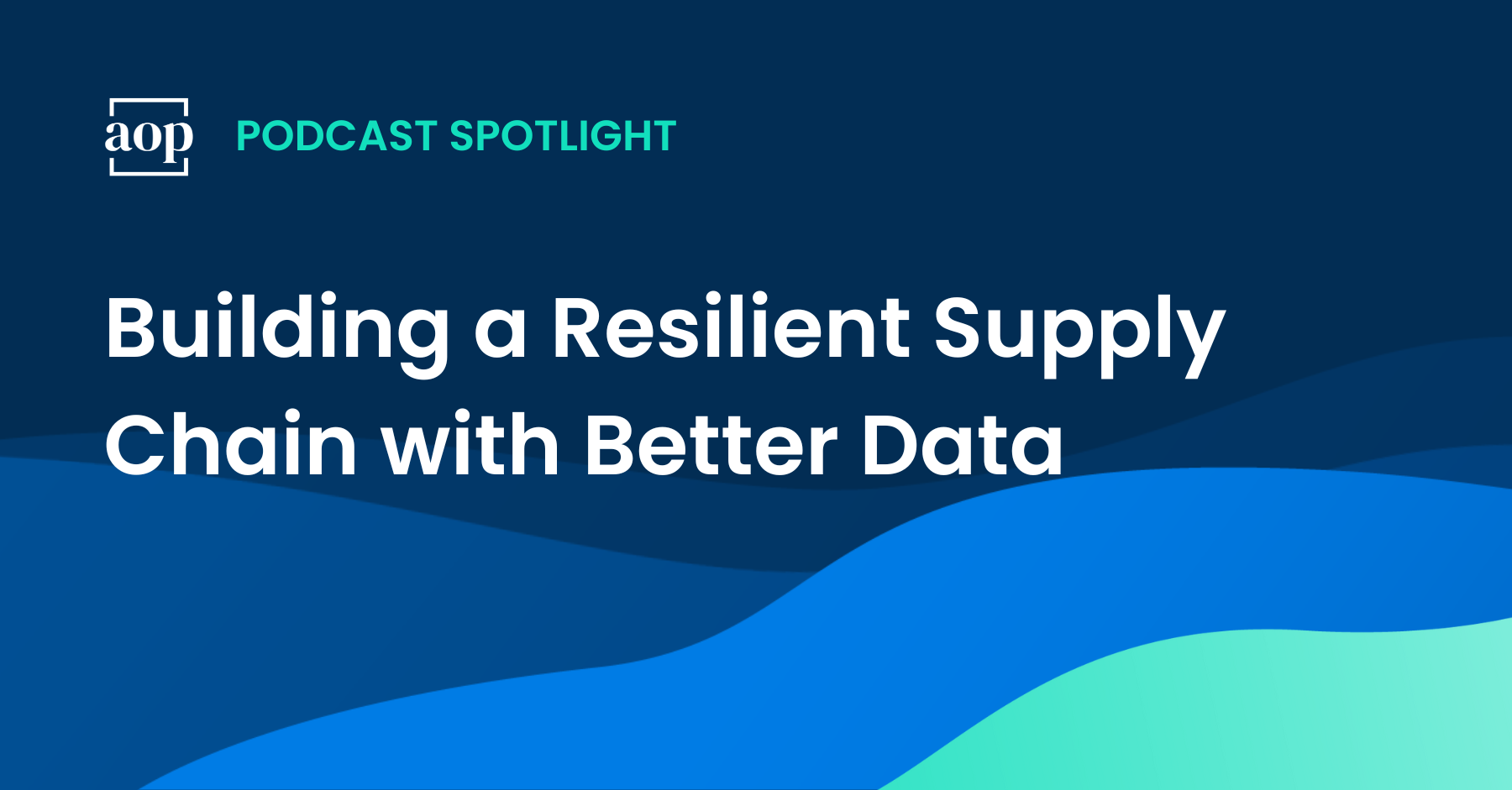
In 2018 Harvard Business Review predicted that in 5-10 years automation would likely replace the supply chain function.
“The trend is clear,” the article read, “Technology is replacing people in supply chain management — and doing a better job. It’s not hard to imagine a future in which automated processes, data governance, advanced analytics, sensors, robotics, artificial intelligence, and a continual learning loop will minimize the need for humans.”
Well, add that to the list of predictions that didn’t come true.
Ironically, supply chain teams probably still exist today because they have failed to advance, not because they have succeeded. Data (mis)management is still a significant challenge for supply chain teams, preventing them from implementing many of the technology solutions discussed in the article.
Supply chain management decisions turn data into action. As long as data remains fragmented and problematic, the dream of advanced automation – with human participation – cannot be realized.
As Keith Hartley, CEO of LevaData, explains in a recent episode of the pod, “What really matters for companies is making better decisions. The historical underpinning of why there has been a decision abyss is because there is not good, clean, easy-to-understand data that can drive informed cross-functional decision-making. Both procurement and supply chain have operated in silos.”
And he is absolutely right.
Supply chain data is stored in different systems and structures, owned by different functions, and generated as part of different purposes. But supply chain management must use data in every decision-making effort to outlive expectations and maximize value. That data must be fully contextualized, centralized, and cleansed.
If we can’t bring it all together into one place, where decision-makers can get as high level or granular as their task requires, automated processing is out of the question.
This is particularly true in manufacturing, where new product introductions are often a race to market and the culmination of years of investment and hard work. If the sourcing of direct materials is unsupported, hopes for increased market share and competitive advantage will be hard to realize.
Far from being dead and gone, as the HBR article suggested, supply chain teams are front and center. They are critical to the operation of the company and essential to the health of its top line. But that condition is not guaranteed to last forever. Supply chain teams will have to solve the data problem to cement their spot in the limelight.
Here are some effective strategies supply chain teams can put in place to solve some of their biggest data hurdles:
Establish a Data Governance Framework
Establishing a robust data governance framework combats data fragmentation and creates more transparency and accountability throughout the supply chain. This framework should provide clear policies, guidelines, and procedures for data sources, data collection, storage, integration, and management. Clearly defining data ownership also ensures quality and security oversight.
Prioritize Data Quality
If data is inaccurate, incomplete, or inconsistent, errors and bad decision-making are all but inevitable. By implementing data quality management practices, like data validation protocols, regular data audits, and close monitoring of data integrity, procurement can create reliable, trusted data sources needed for better evidence-based decision-making.
Invest in Data Integration and Compatibility
Enabling seamless data integration and compatibility is vital for overcoming silos and consolidating information. Supply chain professionals should adopt technology solutions that support data exchange between systems, departments, and even external partners. Breaking down internal and external information barriers creates a unified view of data, which leads to better supply chain analytics and informed decision-making.
Encourage the adoption of a robust data management system and cloud-based platform to create one unified data repository that can aggregate information across departments and systems. This will enable the smooth (and accurate) flow of data across teams.
Encourage Cross-Functional Collaboration and Alignment
Data challenges in the supply chain can’t be solved without good communication, fewer silos, and better knowledge-sharing. Advocate for strong cross-functional teams, including procurement, logistics, finance, and other stakeholders. This encourages holistic decision-making and ensures data-driven insights are shared across the organization.
Implement Advanced Analytics and Artificial Intelligence
Once supply chain leaders have a clean, comprehensive view of the data and cross-functional alignment, they’ll be able to leverage advanced analytics and artificial intelligence (AI) to drive efficiencies. Data analytics techniques like predictive modeling, machine learning, and automation can help supply chains uncover potential risks and improve performance.
Embrace Continuous Improvement and Learning
Solving supply chain’s big data problems requires a commitment to continuous improvement and learning. Regularly evaluating data quality, refining processes, and investing in training and development programs help supply chain teams adapt to changing landscapes and new technologies like AI.
If you are interested in learning more about how procurement and supply chain can build a more resilient supply chain with better data, listen to this week’s podcast featuring Keith Hartley from LevaData and Lance Younger from ProcureTech.




